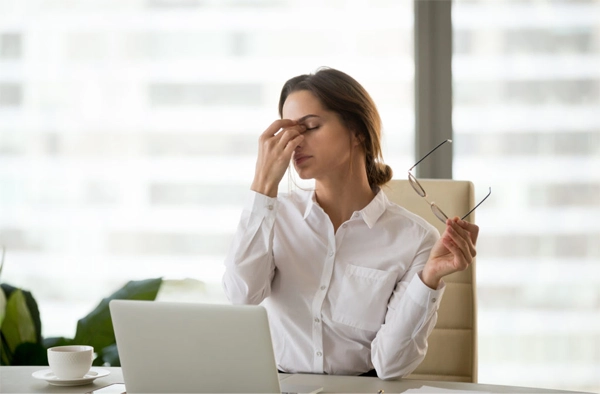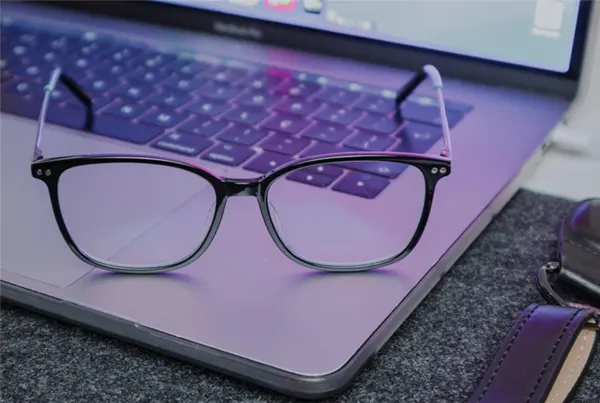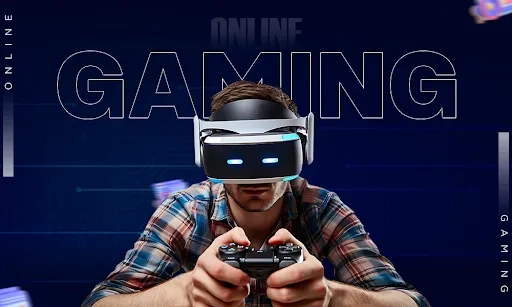
Due to increasingly relying on digital screens for most of our work and entertainment, digital eye strain is becoming a common concern these days. And, if you’re also facing the same, don’t worry, you’re not alone. In fact, according to a 2016 survey, about 65% of US adults reported experiencing DES symptoms.
But, what exactly is an eye strain, and how can you overcome it?
Well, It is like an eye irritation that is often caused by intensively focusing on something such as watching a computer screen, reading a book, or driving a car for a long time.
So, if you’re also tired of squinting, headaches, or feeling fatigued after screen time, keep reading. In this read, I will provide you with 6 easy tips for screen protection. Also, learn about the New Charging Screen for Older Pixel Watches by reading this article.
Let’s start!
Invest in Proper Eyewear
One of the most effective ways to protect your eyes from eye strain is by investing in high-quality eyewear. This can include both prescription glasses or blue light glasses. You can also work with a doctor to determine if you need any special eyewear to reduce your eye strain. So, here are different eyewear options that you can consider according to your special case;
- Prescription Glasses: If you already wear glasses, make sure your prescription is up-to-date, as it might contribute to eye strain or discomfort. Additionally, you can also consider asking your optometrist about the lenses that are specially designed for computer use.
- Blue Light Blocking Glasses: Digital devices often emit blue light that can disrupt your sleep cycle and cause eye strain. So by wearing these glasses, you can filter out the harmful blue light and significantly reduce your eye discomfort.
- Sunglasses: Try wearing sunglasses on a sunny occasion. This will protect your eyes from harmful UV rays, which can contribute to eye strain and long-term damage.
- Computer Glasses: If you’re someone who spends most of your time in front of the computer, try investing in good quality computer glasses. This will help you reduce the fatigue associated with screen exposure.
Follow the 20-20-20 Rule
Have you ever heard of the 20-20-20 rule? Well, it is an effective method to deal with digital eye strain. The process involves taking a short break from your screen every 20 minutes. And, what you have to do is look at an object that is 20 feet away for every 20 seconds for every 20 minutes. This will relax your eye muscles and reduce strain.
Adjust Your Screen Settings

Adjusting your computer or smartphone settings can be a great way of reducing eye discomfort and major eye fatigue. So, here take a look at some of the smart tips for optimizing your screen settings.
- Brightness: Adjust the brightness of your device according to the lighting environment you’re in. A bright screen can strain your eyes, while a dim light can make it difficult to see.
- Contrast: Contrast refers to the difference between the darkest and lightest parts of your screen. A highly contrasting display makes it easier to read the screen, but it can also contribute to strain. This is why it is often advised to experiment with different contrasts to find out what works best for you.
- Font Size: You can also adjust the font size of the screen according to your preferred reading style.
- Blue Light Filter: Many devices have an inbuilt feature to reduce the blue light coming out of the screen. And, if you don’t have one, you can also download a third-party application to deal with eye discomfort.
Maintain the Right Distance
Maintaining the right distance from your screen is also essential to have an optimal viewing experience and prevent eye strain. But, what is the right distance from your screen? Well, there is a general rule of thumb that says to position your screen from one arm’s length away from your eyes. So, by considering this right distance along with the ergonomic factors, you can create a more comfortable viewing experience.
Blink Often to Prevent Dryness
When you stare at a screen for a longer period, you are likely to blink less frequently. This can sometimes lead to dry eyes, as blinking helps in spreading the tears over your eyes, keeping them moist.
Blinking frequently can be a conscious effort, this is especially true when you’re too focused on your digital screen. However, the regular practice of this can help you prevent dryness and irritation in your eyes.
Use Screen Filters
Screen filters are like a protective coating applied to your device’s screen to reduce the amount of blue light that reaches your eyes. So, here take a look at some of the many benefits of using screen filters for your device.
- Reduced Eye Strain: Blue light as mentioned earlier can cause eye strain. By using a screen filter on your device, you can significantly reduce the damage caused by these harmful lights.
- Improved Sleep Quality: Screen filters can also help improve the overall sleep quality of the user by reducing the blue light emission.
- Increased Comfort: Screen filters work best in low-light conditions, which makes them a comfortable addition to your device.
The Bottom Line
Digital eye strain is a common problem nowadays, which often leads to a lot of discomfort. Fortunately, combating it is never inevitable, by following the outlines mentioned in this read you can significantly reduce the risk of eye strain and protect your vision.
However, if you’re still feeling discomfort even after following these strategies, you can always try contacting an optometrist, as they will run a comprehensive eye exam to offer personalized advice.


